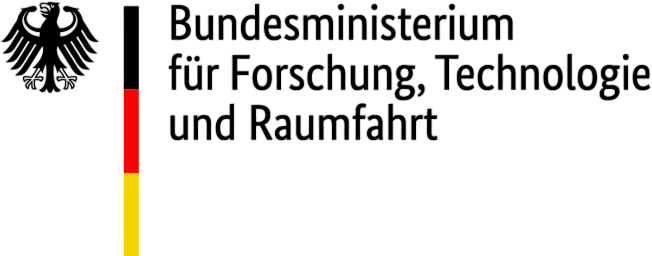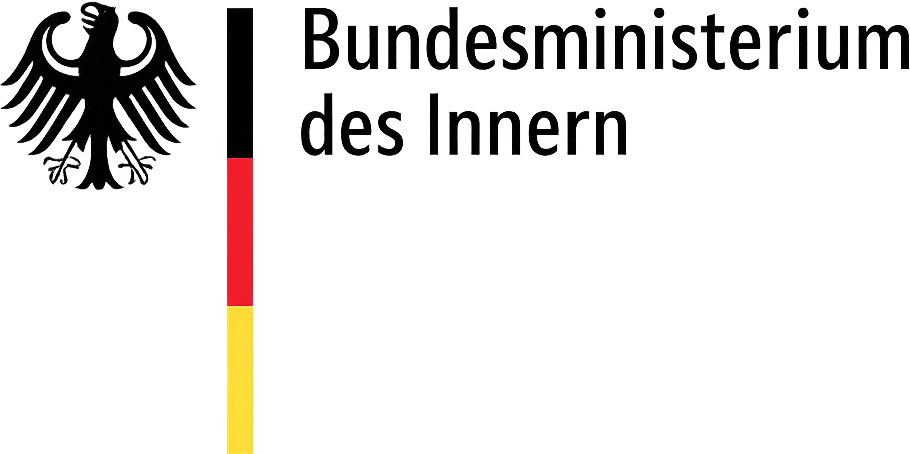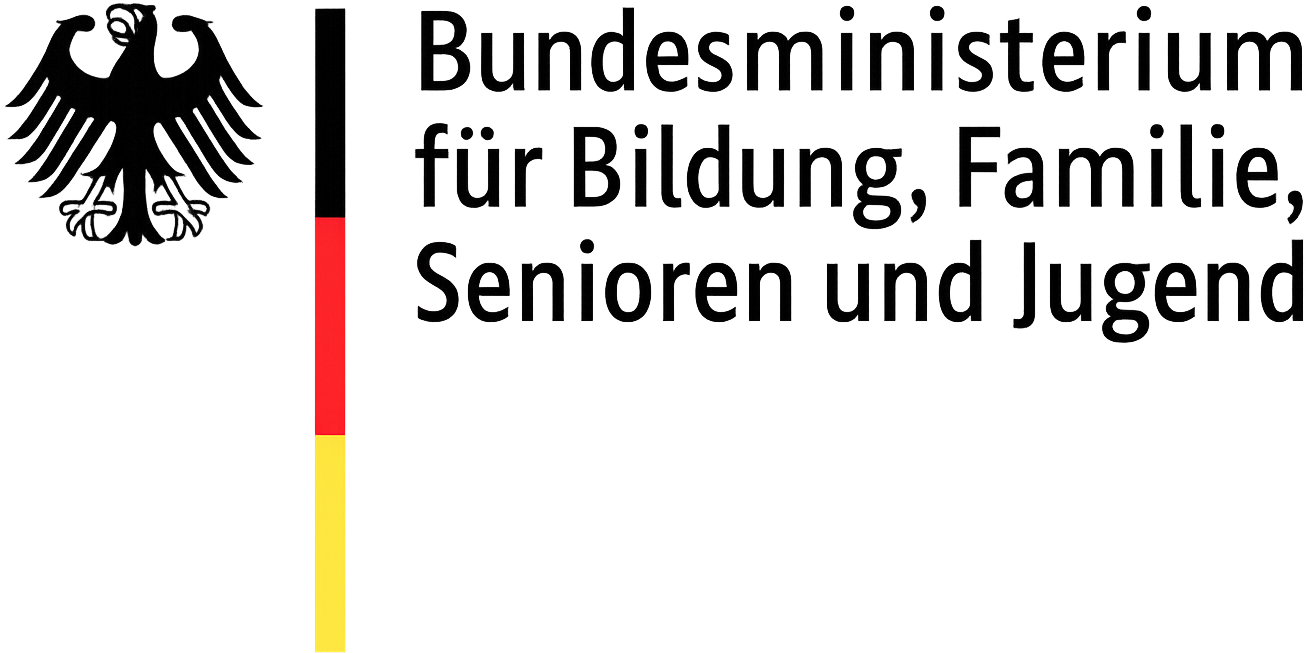Autor*innen
Organisation/Institut
Fachgebiet
Publikationsformat(e)
Projektstand
Projektbeginn
Projektende
Forschungseinrichtung(en)
Zentraler Phänomenbezug
Phänomenbereich
Bures, Oldrich (a); Burilkov Alexander (b)
(a) Center for Security Studies, Metropolitan University Prague, Prague, Czech Republic; (b) Centre for the Study of Democracy, Leuphana University of Lüneburg, Lüneburg, Germany
Terrorism Studies; Counterterrrorism; Guns control; Guns legislation
Concept paper published as journal article in Terrorism and Political Violence, https://doi.org/10.1080/09546553.2023.2259506 Further journal articles and reports to come if funding is secured.
First concept paper published. Now applying for funding for further research to complement the global quantitative findings with qualitative case studies at regional, national and sub-national level.
1. Oktober 2022
/
Universitär, Außenuniversitär (Forschungsgemeinschaft), Forschungsverbund – rein universitär
Radikalisierung (allgemein)
Rechts, Links, Religiöse Ideologie, Ausländische Ideologie, Phänomenübergreifend
Zentrale Fragestellung:
We analyse whether a) there is any correlation between civilian gun ownership and terrorism, and b) whether there is any correlation between gun legislation and terrorism? According to the Global Terrorism Database, the use of firearms in terrorist attacks has been on the rise, and firearms-based attacks are the most lethal. In the aftermath of mass-casualty attacks perpetrated with firearms, policymakers across the world advocate tightened gun control to restrict terrorists’ access to both licit and illicit guns. However, academic research on the linkages between firearms availability, gun control legislation, and terrorism is scarce. This study fills this research gap by conducting a systematic cross-sectional analysis of the linkage between gun control, licit and illicit stocks of firearms, and terrorist attacks in 2015–2019, based on a novel dataset incorporating the Global Terrorism Database and the Small Arms Survey. Our estimation using OLS regression shows a strong relationship between the availability of firearms and the incidence of gun-based terrorism, especially for lone wolf attacks. Furthermore, terrorists in stable, democratic countries are comparatively more likely to select firearms as their weapon of choice. Conversely, strict gun control only slightly alleviates the overall risk of terrorism in stable countries but does not impact weapon selection. In unstable countries in the grip of intrastate conflict, gun control significantly reduces lone wolf-style attacks, while organized multi-perpetrator attacks are not deterred.
Stichprobenbildung – Datenzugang:
A systematic crosssectional analysis of the linkage between gun control, licit and illicit stocks of firearms, and terrorist attacks in 2015–2019, based on a novel dataset incorporating the Global Terrorism Database and the Small Arms Survey. See our first article for details: Oldrich Bures & Alexander Burilkov: Armed to Kill: A Cross- Sectional Analysis Examining the Links between Firearms Availability, Gun Control, and Terrorism Using the Global Terrorism Database and the Small Arms Survey, Terrorism and Political Violence (11 Oct 2023), DOI: 10.1080/09546553.2023.2259506. To link to this article: https://doi.org/10.1080/09546553.2023.2259506
Gesamtstichprobengröße
Inhaltlicher / Thematischer / Empirischer Zentralfokus
Methodik
Erhebungsverfahren
Auswertungsverfahren
All terrorist attacks perpatrated with licit and illicit stocks of firearms perpetrated between 2015–2019, as listed in Global Terrorism Database and the Small Arms Survey.
Multivariante Verfahren, OLS regression
Zentrale Forschungsbefunde:
This study examines whether there is a link between civilian firearms ownership and the incidence of gun-based terrorist attacks. It draws on a dataset of the 2015–2019 period that incorporates firearms data from the Small Arms Survey, detailed terrorist attack data from the Global Terrorism Database, and a battery of control variables standard to the literature on terrorism. In addition, it also includes a new index of firearms legislation. Our estimation using OLS regression shows a strong relationship between the availability of firearms and the incidence of gun-based terrorism, especially for lone wolf attacks. Furthermore, terrorists in stable, democratic countries are comparatively more likely to select firearms as their weapon of choice. Conversely, the strictness of gun control legislation has a far more tenuous relationship with the incidence of terrorism. It appears that strict gun control only slightly alleviates the overall risk of terrorism in stable countries but does not impact weapon selection. Conversely, for unstable countries in the grip of intrastate conflict, gun control has a small but significant impact in reducing terrorism, but only for lone wolf style attacks, indicating that organized multi-perpetrator attacks are not deterred by gun control legislation.
Implikationen oder praktische Verwendbarkeiten:
These findings hold important implications both for new avenues of research and for practitioners of counterterrorism policy. Our findings have significant relevance for policymaking. Exploring further the impact of policies designed explicitly to reduce the number of guns in circulation is likely to have a measurable impact on the risk of terrorism. This is especially urgent in the context of catastrophic exogenous events that rapidly and extensively increase the number of firearms in circulation, both within states and transnationally. In the European context, the consequences of the wars in the Balkans in the 1990s, especially the near collapse of the Albanian state in 1997, are instructive. Guns flooded European licit and illicit markets, acting as force multipliers for not only terrorists but also organized crime networks and street gangs. A similar situation appears possible with the war in Ukraine, as elaborated in a recent report by the Global Initiative against Organized Crime.34 Since February 2022, Ukraine has become a prime destination for arms transfers due to the war; however, once a ceasefire is in place and the conflict ebbs away, there is a severe risk that Ukraine could become the new arsenal of choice for European organized crime networks and extremist groups. Examining the impact of the conflict and comparing it to the enduring dynamics generated by the Balkan wars is a productive direction for researchers and policymakers alike.
Hinweise / Anregungen zu möglicher Anschlussforschung:
These findings hold important implications both for new avenues of research and for practitioners of counterterrorism policy. Whereas this study looks at the national level, significant insights could likely be gained by focusing on the regional and even municipal levels. Urban areas are most likely to be transhipment points for illicit firearms and linkages with transnational crime. Rural areas, on the other hand, are more likely to have thriving hunting cultures, and especially in Europe, have seen a resurgence in right-wing extremism, such as the Reichsbürger movement in Germany, which boasts heavily armed members in the German countryside. Mixed-methods research designs, with case studies complementing quantitative analysis, appear most promising in this regard.
Zitation des Projekts
- Armed to Kill: A Cross-Sectional Analysis Examining the Links between Firearms Availability, Gun Control, and Terrorism Using the Global Terrorism Database and the Small Arms Survey
Quellenangabe projektbezogener Publikation
- Oldrich Bures & Alexander Burilkov (11 Oct 2023): Armed to Kill: A Cross- Sectional Analysis Examining the Links between Firearms Availability, Gun Control, and Terrorism Using the Global Terrorism Database and the Small Arms Survey, Terrorism and Political Violence, DOI: 10.1080/09546553.2023.2259506 Available online at: https://doi.org/10.1080/09546553.2023.2259506



